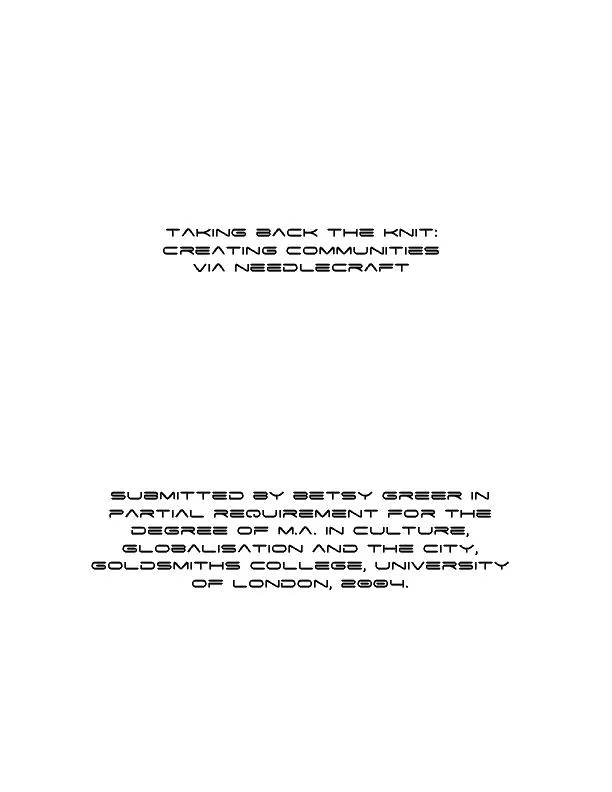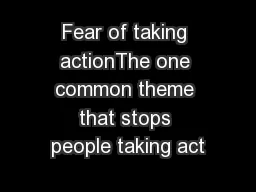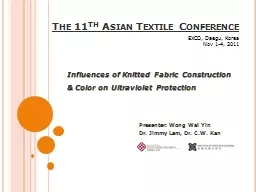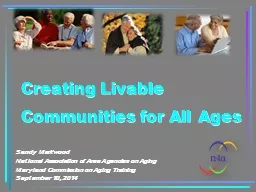PDF-taking back the knit: creating communities via needlecraft submitted
Author : conchita-marotz | Published Date : 2016-06-30
table of contents introduction 1 reasons to knit 6 a stitch in time a brief history of knitting 11 where has our community gone 16 research the pitfalls and the
Presentation Embed Code
Download Presentation
Download Presentation The PPT/PDF document "taking back the knit: creating communiti..." is the property of its rightful owner. Permission is granted to download and print the materials on this website for personal, non-commercial use only, and to display it on your personal computer provided you do not modify the materials and that you retain all copyright notices contained in the materials. By downloading content from our website, you accept the terms of this agreement.
taking back the knit: creating communities via needlecraft submitted: Transcript
Download Rules Of Document
"taking back the knit: creating communities via needlecraft submitted"The content belongs to its owner. You may download and print it for personal use, without modification, and keep all copyright notices. By downloading, you agree to these terms.
Related Documents














![[PDF READ ONLINE] Taking Back Eden: Eight Environmental Cases that Changed the World](https://thumbs.docslides.com/1017599/pdf-read-online-taking-back-eden-eight-environmental-cases-that-changed-the-world.jpg)